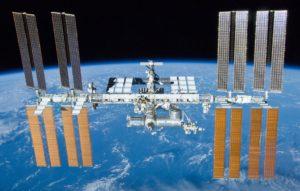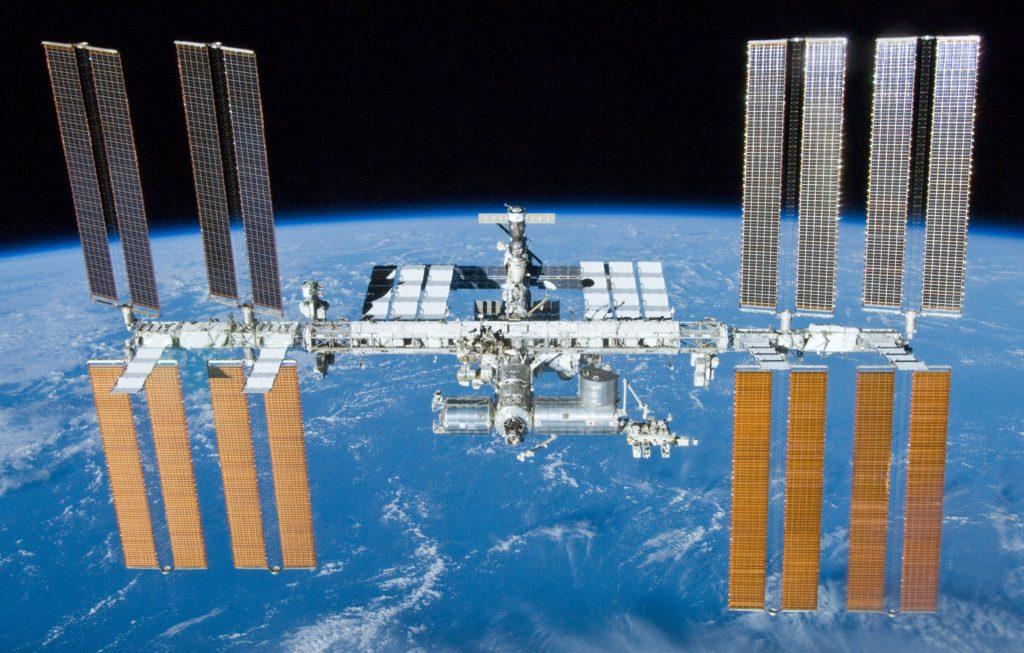
Using a 3D printer to produce living tissue is a pretty cutting edge biomedical technology, one we hear about most often from companies like Organovo and institutes such as Wake Forest and Harvard; it can also be a legally challenging minefield to navigate, as laws of nature are generally patent ineligible. 3D printing living tissue is extremely difficult: once you’ve successfully created and 3D printed the cellular structures, you still have to keep the cells alive. This difficulty grows exponentially when you add the vacuum of space and a zero gravity environment to the equation. Scientists will need to create special scaffolding to support the work-in-progress on the ISS. Engineers with leading Russian space manufacturer Rocket and Space Corporation (RAS) Energia are working with Roscosmos on the project, and think they can achieve considerable progress by placing the 3D printing equipment in microgravity conditions.
According to the Space Station Research Experiments page on the NASA website, “In microgravity, controls on the directionality and geometry of cell and tissue growth can be dramatically different to those on Earth. Various experiments have used the culture of cells, tissues and small organisms on orbit as a tool to increase our understanding of biological processes in microgravity.”
A department head with RAS Energia said in an interview with Russian newspaper Izvestia that an experiment using magnetic field manipulation to 3D print tissue onboard the ISS is currently being developed and has passed an important internal review, which concluded that “the technology is feasible.” There is not a specific timetable for the experiment yet: Roscosmos gets the final say on that.
Valentin Uvarov, RAS Energia department head for commercial projects of manned space exploration, said in the interview, “The next stage involves the development and approval of technical specifications and design documentation for the scientific equipment that will be used for the experiment.”
Before the equipment is completed and sent up to the ISS, it needs to be subjected to extensive testing on the ground. Then procedures will need to be developed for the experiment, and later taught to the members of the ISS crew. The 3D printer already onboard the ISS is only meant to fabricate tools, not to make living tissue.
The Institute of Biomedical Problems (IBMP), which was founded in Russia in 1963 to offer biomedical support for space flights, is also involved with the preparation and implementation of this experiment. IMBP Deputy Director, and corresponding RAS Energia member Lyudmila Buravkova, said that this proposed experiment can offer high scientific value “for the understanding of the contribution of the gravitational factor in tissue morphogenesis and its prospects in the development of new areas of biomedical support manned missions into deep space.” Discuss in the 3D Printed Tissue forum at 3DPB.com.
